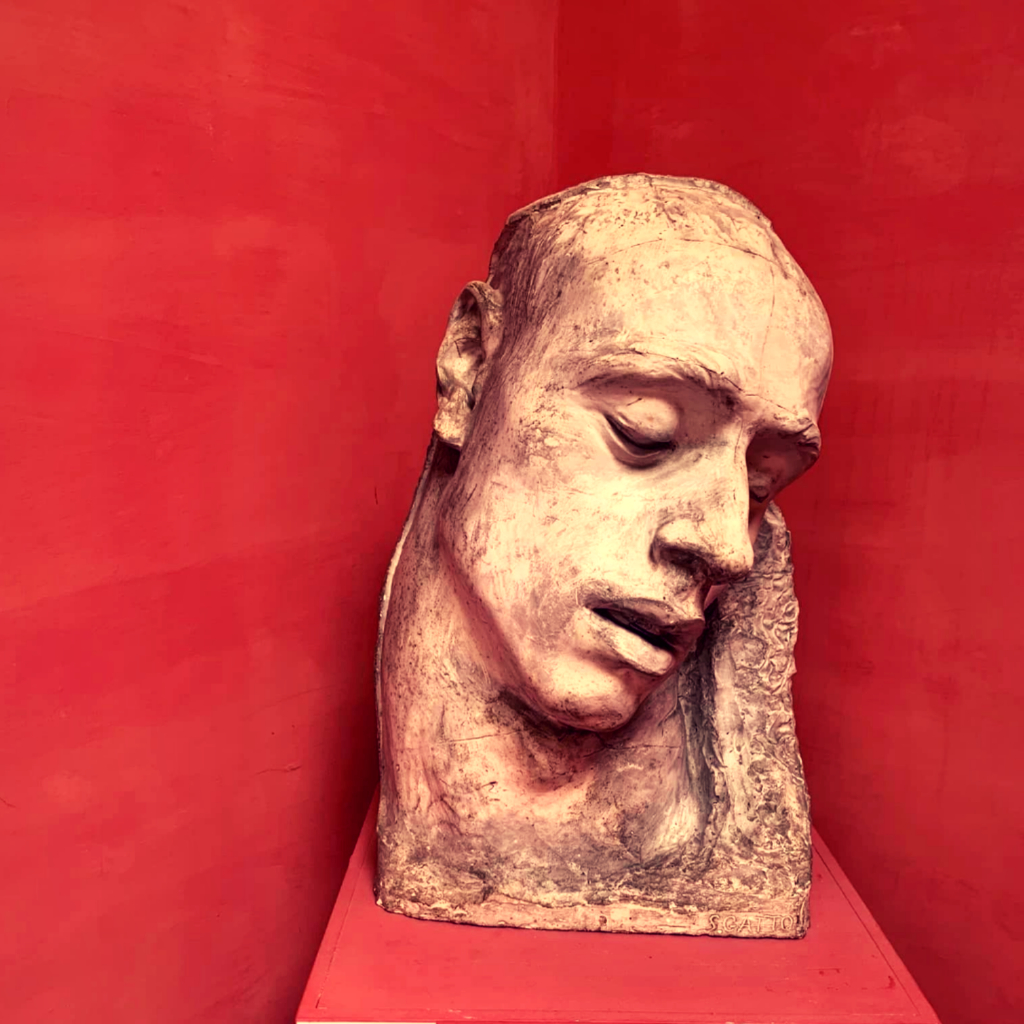There are numerous works in the piano repertory, representing composers from virtually every era and nation, which are famous (or even infamous) by name but which, for whatever reason, are rarely played. Enrique Granados’ Allegro de concierto for piano in C sharp major, Op. 46, H. 6, is such a work. The Allegro de concierto’s fame is not especially difficult to understand, nor is its paradoxical obscurity: fiendishly difficult works nearly always attain a kind of legendary status, and such works are also, on account of that very difficulty, forbidden fruit for most players. Moreover, Granados is not generally held in the same esteem as other composers of precipitously difficult piano music — like Liszt, or even Granados’ colleague Isaac Albéniz — and so there have traditionally been few pianists willing to put in the time required to add his music to their portfolio. However, the glorious Allegro is beginning at last to find a better home in the repertoire.
Just as with the Liszt models that Granados clearly had in mind when composing (probably sometime during the 1890s), the heart and soul of the Allegro de concierto grows from the epic struggle of the performer to conquer the music and the instrument. The element of virtuosity is not something applied as garnish, but rather the very foundation of the work’s aesthetic. The pianist who can plunge through its 15-or-so pages really does provide for his audience a transcendental experience (to borrow Liszt’s own term for such super-virtuoso spiritual elevation). Granados’ harmonies are rich, his figurations sparkling; and the few bona fide melodies that rise to the top of the constant broth of arpeggiations have a lyricism so deeply wrought that the work is never in danger of coming across as an etude.
Blair Johnston
Enrique Granados: Allegro de Concierto
Fernanda Damiano, piano



